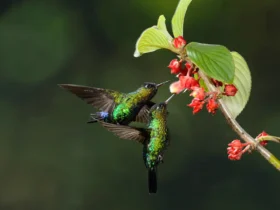What are the top largest bird species in the world? You know, the bird species that humans encounter in their daily lives are usually small, weighing only a few grams. But some bird species are surprisingly large, reaching heights even greater than the tallest humans.
The common characteristic of the largest bird in the world.
The common characteristic of the largest bird species in the world is that most of them do not know how to fly, which allows them to have denser bones and heavier bodies. They have evolved other characteristics to enable them to escape from predators, such as strong and powerful legs, meaning they can run at high speeds.
However, no living bird species is nearly as large as an elephant bird, the largest bird in history belonging to the family Vorombe titan, weighing over 700kg and standing about 3m tall.
Largest bird video
The top largest bird species in the world.
1. Ostrich
Ostriches are among the largest and tallest birds in the world, weighing up to 346 pounds and reaching heights of up to 9 feet. The fastest recorded speed for an ostrich is 60 miles per hour.
You can imagine seeing an ostrich pass you on the highway with a speed limit of 55 miles per hour. Ostriches have the largest eyes of any land animal, with a diameter of 2 inches. As for their eggs, the average length is 6 inches and the average weight is 3 pounds, equivalent to 24 large chicken eggs.
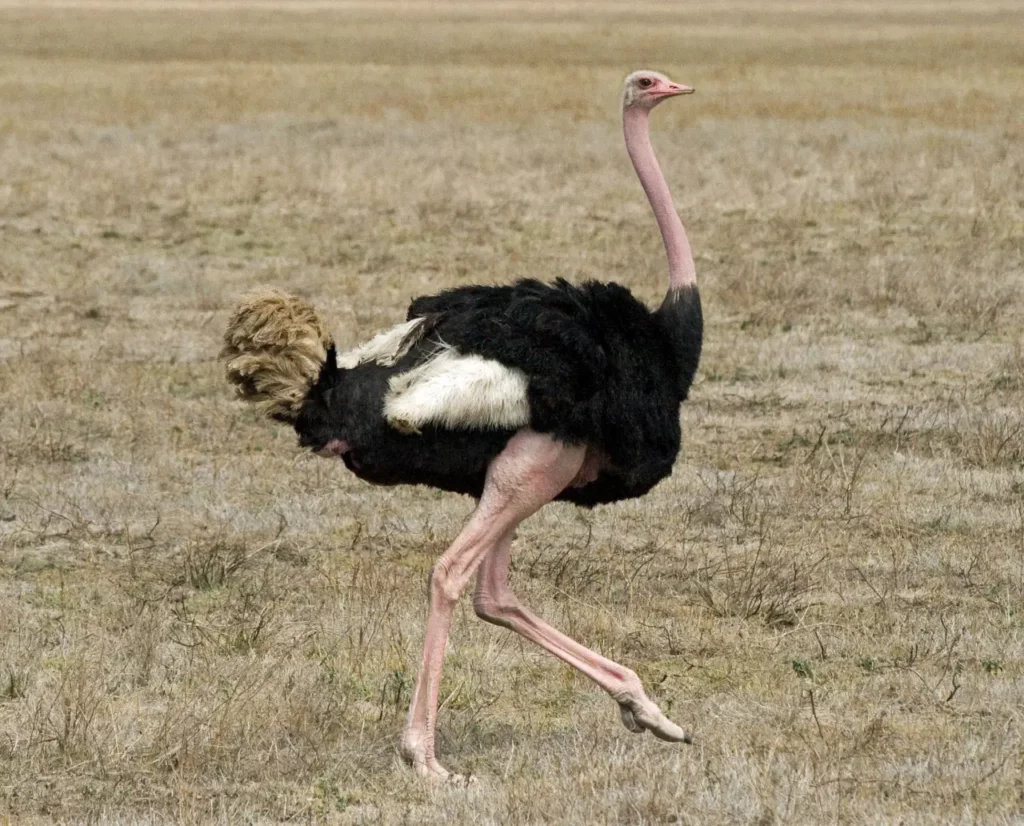
2. Mute Swan
Mute Swans have an average weight of 23-26 pounds for a male swan. This swan species, originating from Poland, is known as the heaviest flying bird in the world.
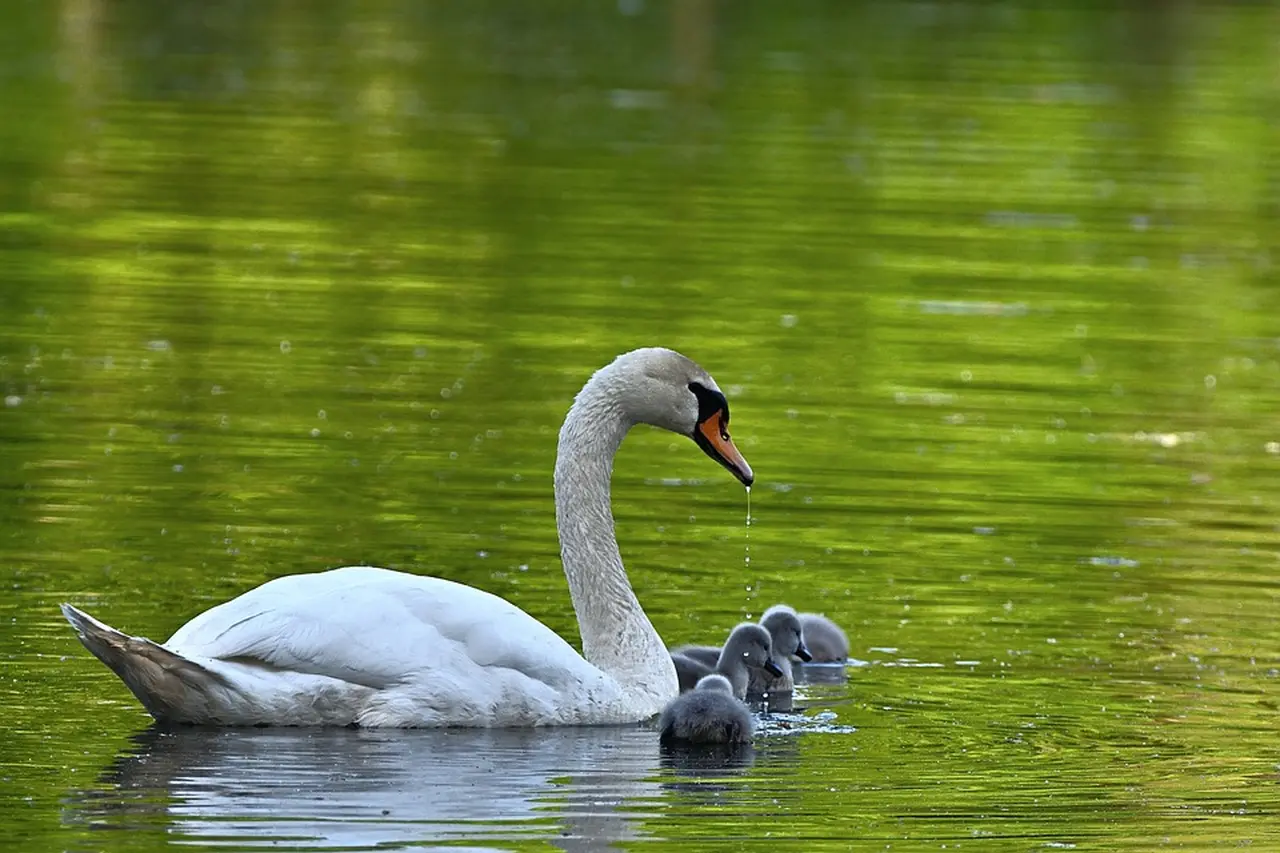
3. Southern Cassowary (Casuarius casuarius)
They are native to tropical rainforests in northeastern Australia, New Guinea, Indonesia, and Papua New Guinea. This bird species forage for fruits, mushrooms, and insects that fall to the forest floor as food. Their calls can be heard from a distance, so people often hear them before they see them. They have a deep, distinctive call that can be recognized immediately as the sound of this bird species.
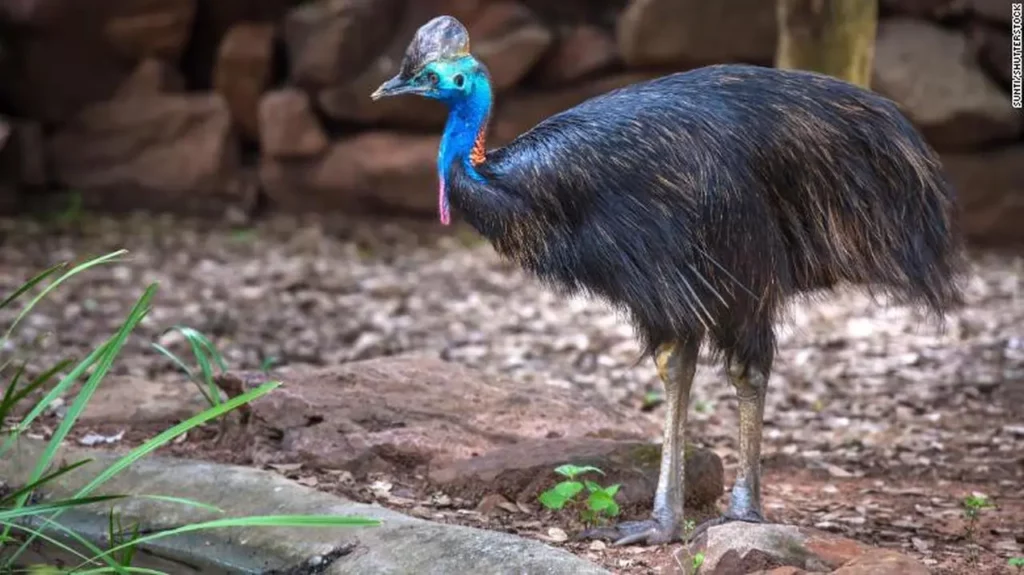
4. Emperor penguin (Aptenodytes forsteri)
An adult Emperor penguin can weigh up to 45kg and grow up to 1.2 meters in height. This species of penguin is found in the Antarctic. Their thick layer of fat allows them to survive in the harsh icy conditions, where temperatures can drop below -60°C. Emperor penguins have a strong sense of community and huddle together in large groups to keep warm, with hundreds of individuals rotating from the warm core to the cold outer edges.
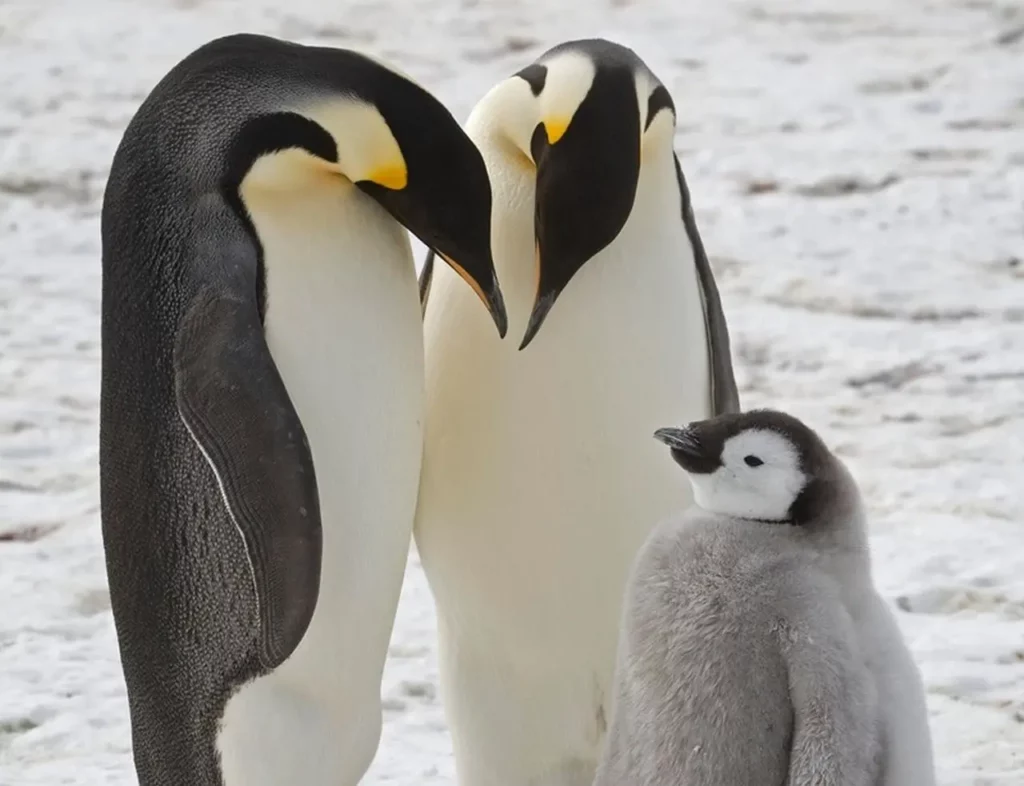
5. Small South American Rhea (Rhea pennata)
The small South American Rhea (Rhea pennata) was first discovered by explorer Darwin in 1833. He encountered these flightless birds during an expedition to Patagonia.
He saw that the Greaterrhea was larger than Rhea pennata, but he was curious to find out that the two species were quite similar. This puzzle helped him realize that species are not fixed and can arise from a common ancestor.
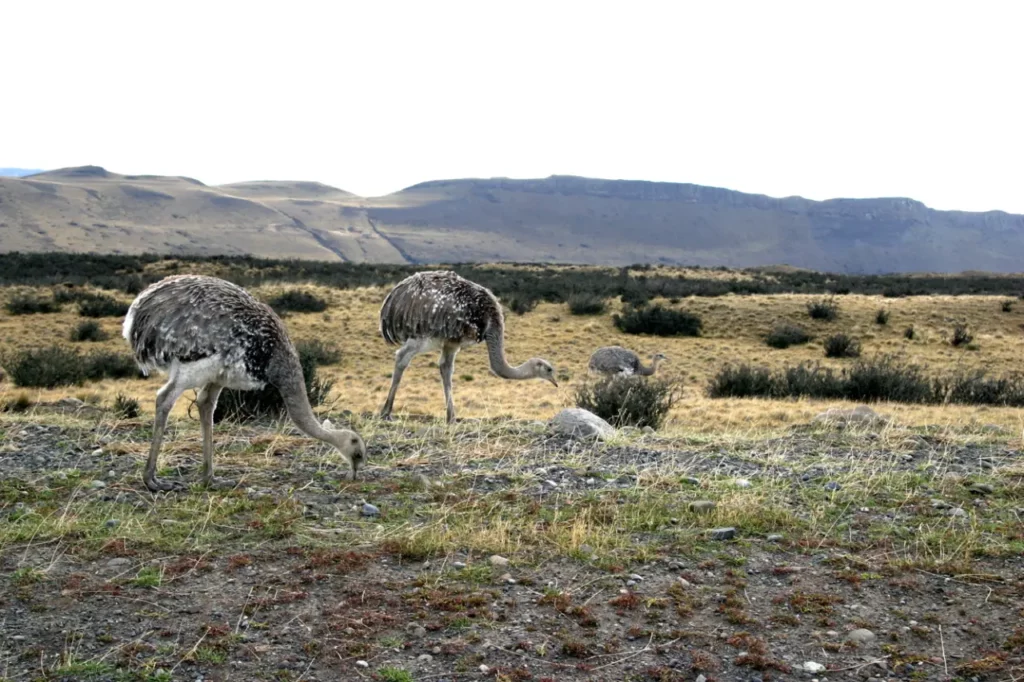
6. Kori Bustard
The Kori Bustard weighs up to 20kg and is among the largest flying birds in the world. This species is particularly known for its long legs, which sometimes cause it to be mistaken for an ostrich from Africa.
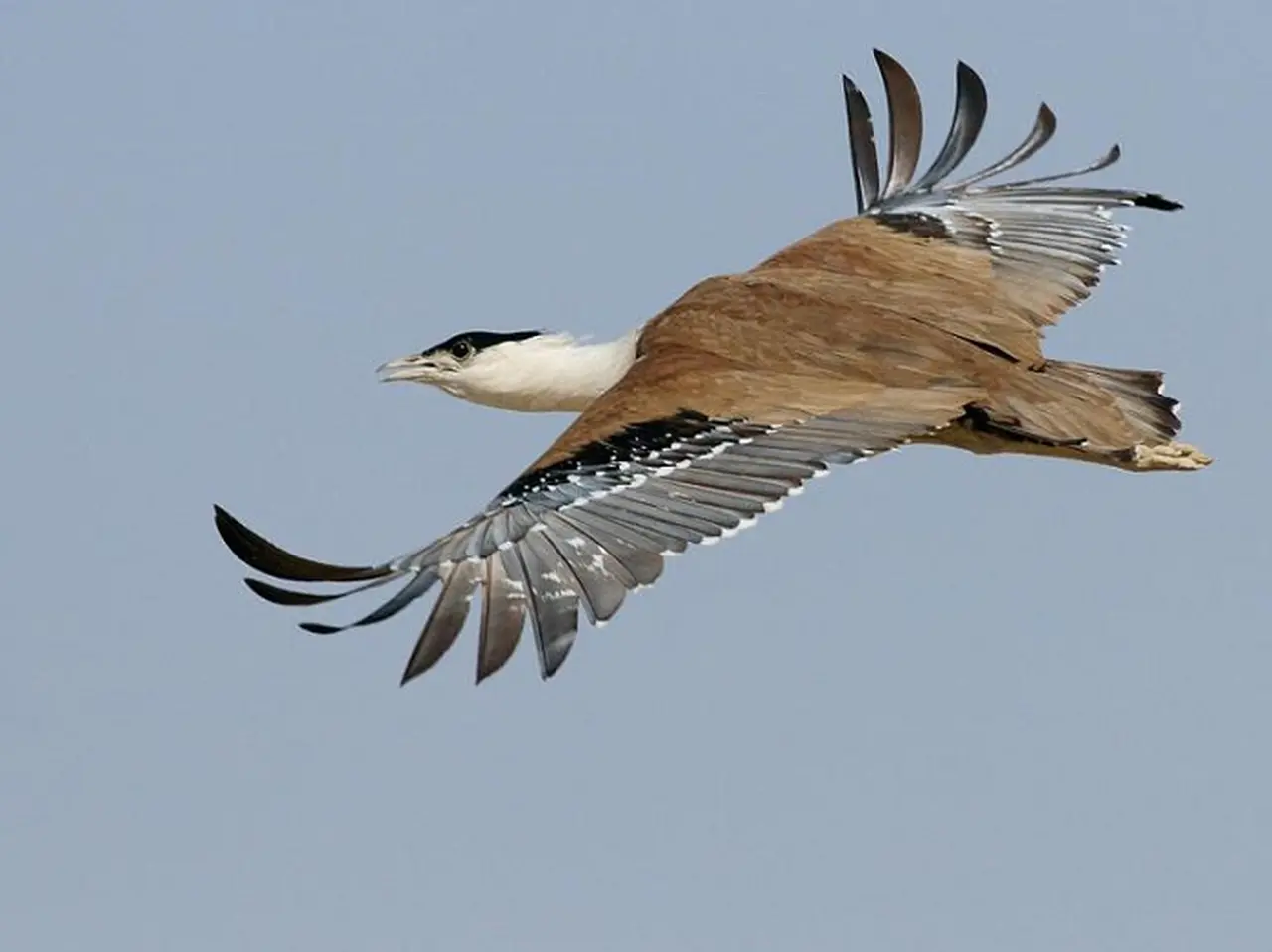
7. Andean Condor
This species of bird is mainly found in open grasslands and high mountains up to 5,000m, nesting on inaccessible rocky ledges. They are distributed in the Andes mountain range of South America, including the Santa Marta range. Andean condors prefer food sources such as carrion and often choose the meat of large animals such as deer or livestock.
They reach biological maturity at around 5 or 6 years of age. Typically, this giant species of vulture lays one or two eggs per clutch. They are also among the longest-lived bird species in the world, with a lifespan of over 70 years.
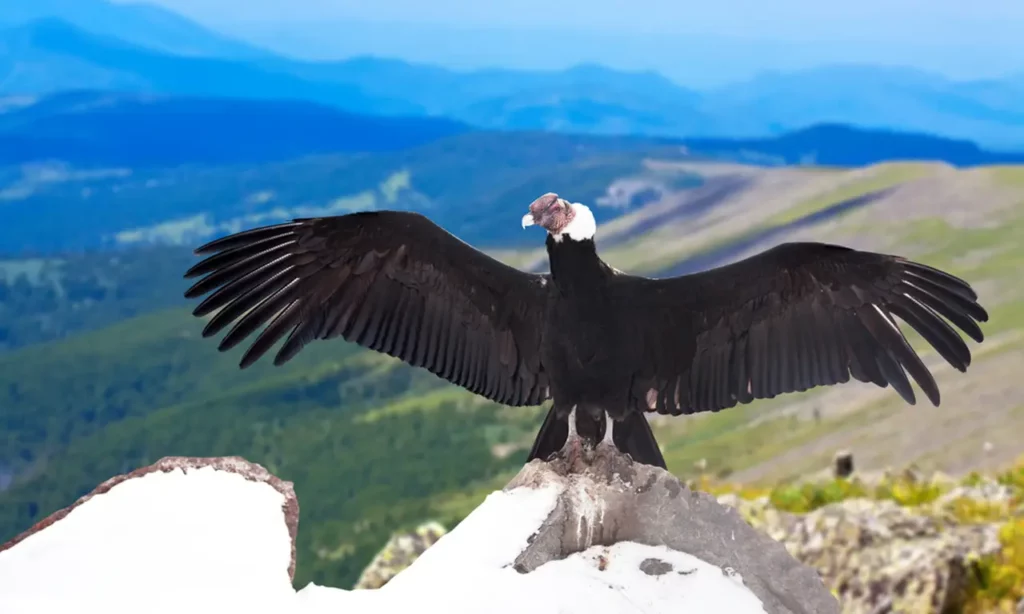
8. Dalmatian Pelican
This bird belongs to the Pelecanidae family and inhabits coastal areas and freshwater areas in the Mediterranean and Middle East regions. The Dalmatian Pelican has an average length of about 170-190 cm and an average weight ranging from 10-15kg.
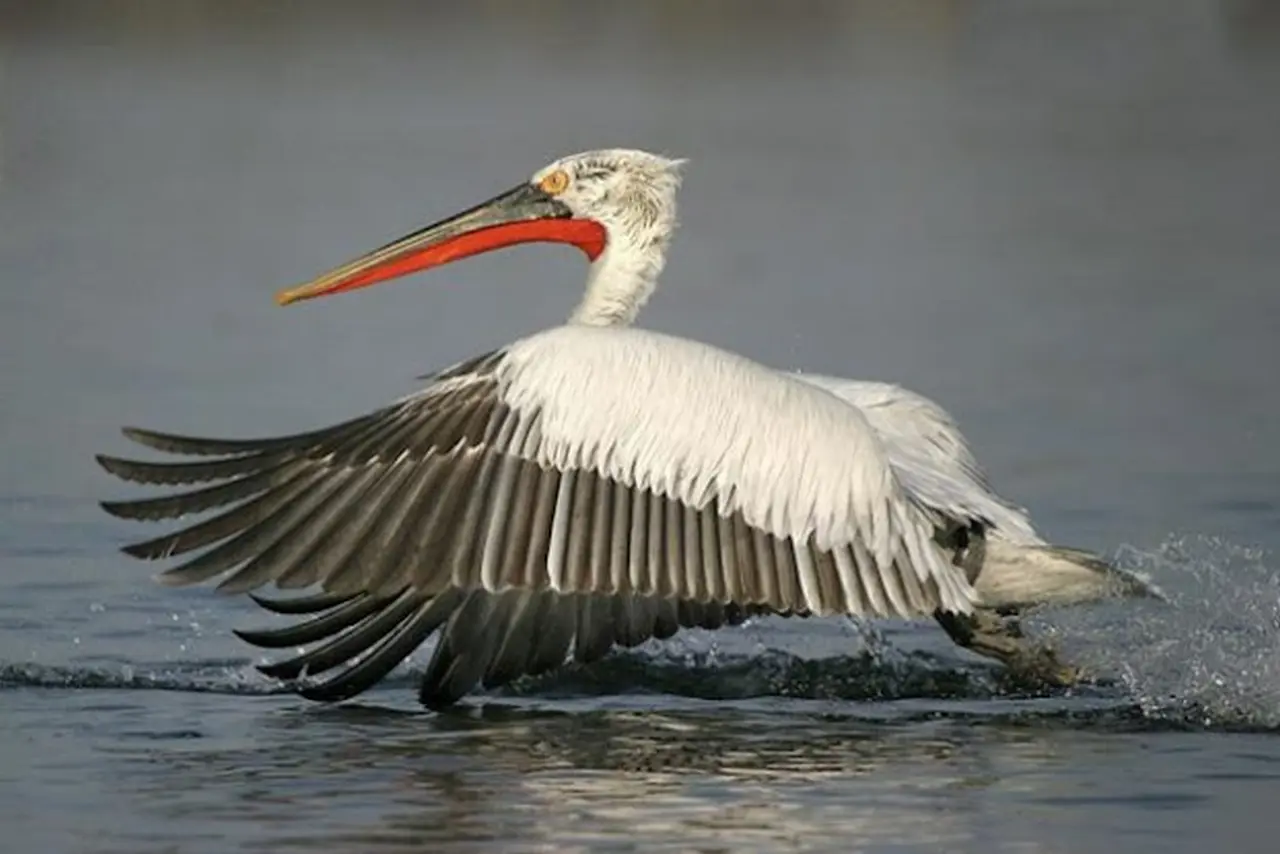
9. White Swan
This beautiful swan species has an average length of 140 to 160 cm and a wingspan of 200 to 240 cm. They attract all eyes with their long necks, snow-white feathers, and black beaks and legs.
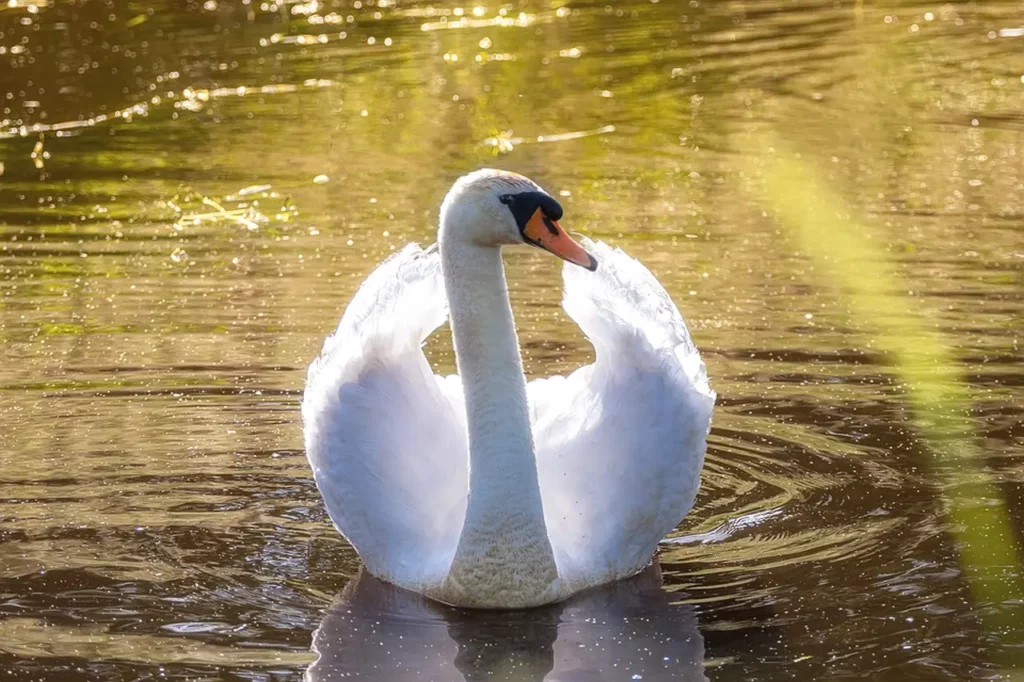
We hope that this article have helped you learn about some of the largest bird species in the world that are currently living on our planet. There are still many fascinating things to discover on our website, so be sure to stay tuned for more interesting information!
